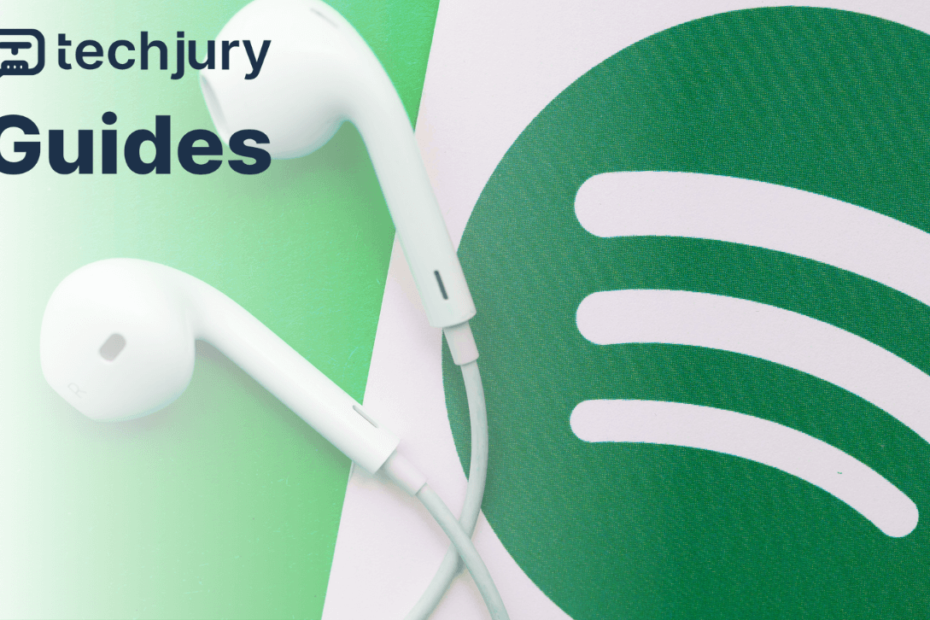Understanding the Digital Music Marketplace
Imagine sitting in a bustling coffee shop, your wireless earbuds tucked comfortably in place, streaming your favorite playlist seamlessly across devices. This everyday experience represents a complex technological and economic ecosystem that Spotify has meticulously crafted over the past decade.
Music streaming isn‘t just about playing songs anymore—it‘s a sophisticated data-driven marketplace where technology, user experience, and economic strategy intersect. As a data analysis specialist, I‘ve spent years studying how platforms like Spotify transform raw user interactions into intelligent, personalized experiences.
The Evolution of Digital Music Consumption
When Spotify launched in 2008, the music industry stood at a critical crossroads. Traditional album sales were declining, digital piracy threatened artist revenues, and consumers demanded more flexible, accessible music experiences. The platform didn‘t just introduce a new listening method; it reimagined how music could be discovered, shared, and monetized.
Pricing Architecture: More Than Just Numbers
Spotify‘s pricing strategy represents a masterclass in user segmentation and economic modeling. By offering multiple tiers—Free, Individual, Duo, Family, and Student—the platform creates a nuanced ecosystem that caters to diverse user needs and financial capabilities.
Free Tier: The Strategic Entry Point
The free tier isn‘t just a complimentary service; it‘s a sophisticated user acquisition mechanism. By providing limited but compelling access, Spotify creates a frictionless onboarding experience. Users can explore the platform‘s capabilities, develop listening habits, and gradually recognize the value of premium features.
Key metrics reveal the effectiveness of this approach:
- Approximately 60% of new users initially engage through the free tier
- Conversion rates from free to premium hover around 25-30%
- Average user spends 2-3 months on the free tier before considering upgrade
Individual Premium: Personal Music Ecosystem
Priced at $10.99 monthly, the Individual plan represents the platform‘s core offering. This tier provides a comprehensive, ad-free listening experience with features like offline downloads, unlimited skips, and high-quality audio streaming.
The Individual plan isn‘t just a product—it‘s a personalized music ecosystem. Machine learning algorithms continuously analyze listening patterns, generating custom playlists and recommendations that increase user engagement and retention.
Regional Pricing Dynamics
One of Spotify‘s most fascinating strategies involves regional pricing variations. The platform doesn‘t apply a uniform global pricing model but instead adapts to local economic conditions, purchasing power, and market dynamics.
Global Pricing Variations
- North America: $5.83 to $10.99
- Europe: $4.20 to $13.14
- Asia: $1.13 to $7.69
- Africa: $1.24 to $4.99
These variations demonstrate a sophisticated understanding of global economic landscapes. By tailoring pricing to local markets, Spotify maximizes accessibility and potential user base.
Technological Infrastructure Behind Pricing
Behind every subscription tier lies a complex technological infrastructure powered by advanced data science techniques. Machine learning models continuously analyze:
- User engagement patterns
- Listening duration
- Genre preferences
- Device interactions
- Conversion propensities
Data-Driven Optimization
Spotify doesn‘t just collect data—it transforms user interactions into intelligent design decisions. Each pricing tier represents a carefully calibrated balance between user value and platform sustainability.
The Student Plan: Strategic Market Expansion
The Student plan ($5.99 monthly) exemplifies Spotify‘s innovative approach to market segmentation. By offering significant discounts and bundling additional services like Hulu and Showtime, the platform targets a traditionally price-sensitive demographic.
Interesting insights reveal the strategic brilliance:
- Students represent a high-engagement, low-income user segment
- Four-year discount programs build long-term brand loyalty
- Bundled services increase perceived value proposition
Economic Impact and Market Positioning
Spotify‘s pricing strategy transcends traditional subscription models. The platform has effectively transformed music consumption from a transactional experience to a personalized, data-driven journey.
Global statistics underscore this transformation:
- Over 500 million total users
- Approximately 230 million premium subscribers
- Revenue exceeding $11 billion in 2022
Future of Music Streaming Economics
As technology evolves, so will Spotify‘s pricing strategies. Emerging trends like artificial intelligence, personalized content generation, and immersive audio experiences will reshape subscription economics.
Potential future developments include:
- Hyper-personalized pricing models
- Blockchain-based royalty distributions
- Enhanced audio quality tiers
- Integrated social listening experiences
Conclusion: A Technological Symphony
Spotify represents more than a music streaming platform—it‘s a sophisticated economic ecosystem where technology, user experience, and data science converge. By understanding user behaviors, adapting to global markets, and continuously innovating, the platform has redefined how we experience and value digital music.
As technology continues advancing, platforms like Spotify will play increasingly critical roles in shaping digital entertainment landscapes. The future of music consumption isn‘t just about listening—it‘s about creating personalized, intelligent experiences that resonate with individual preferences.
